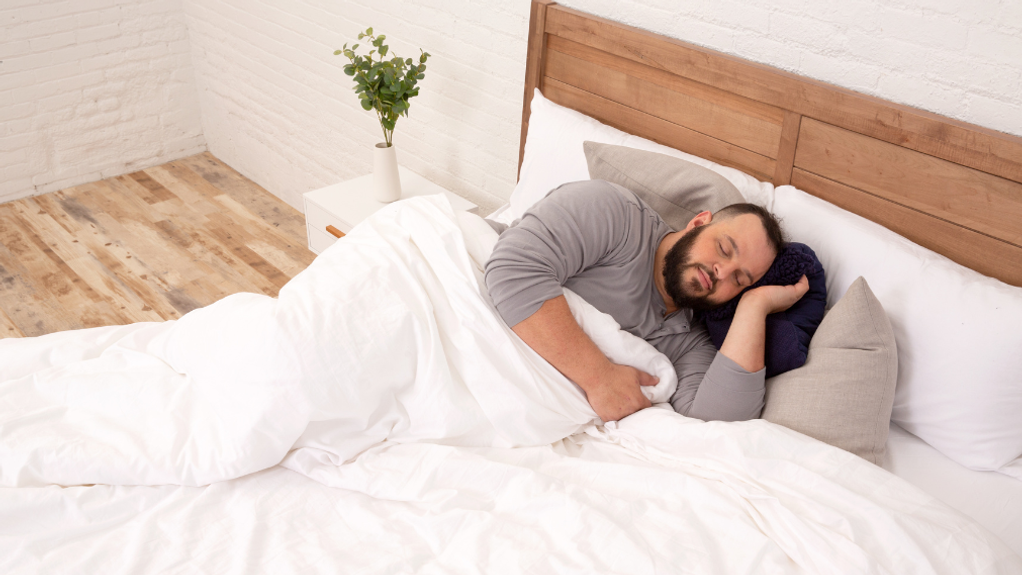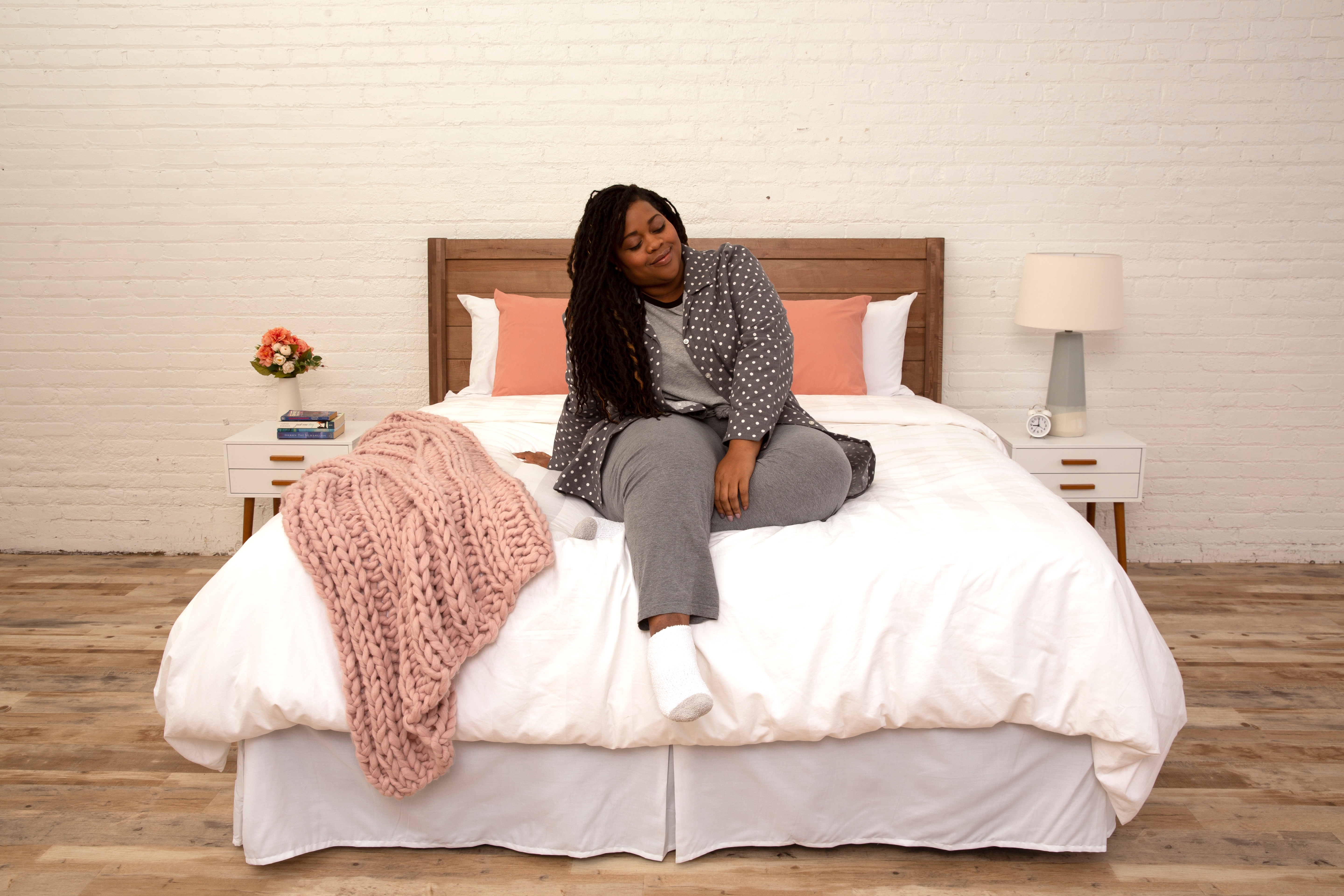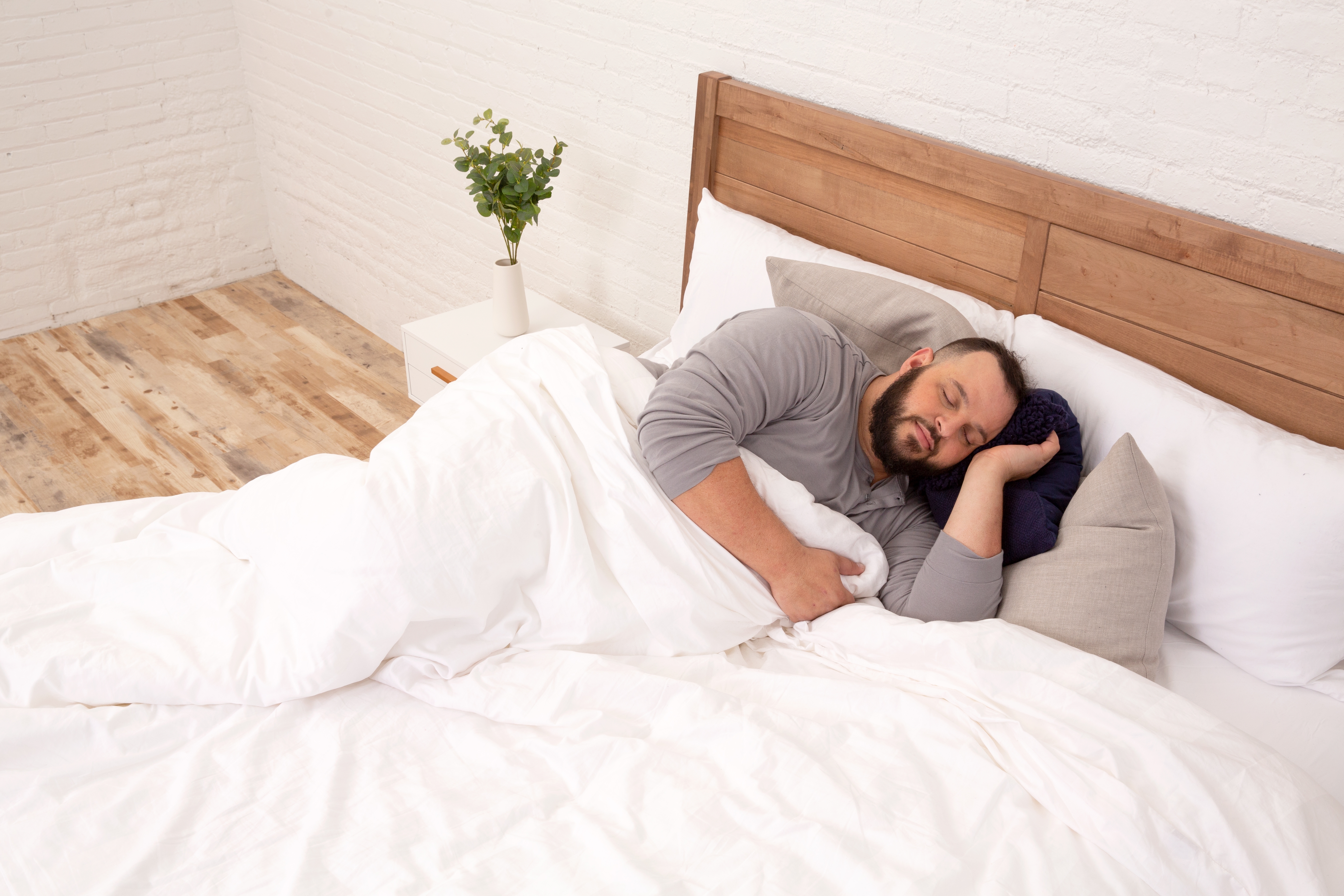What comes to mind when you think about what it takes to get a good night’s sleep? A comfy mattress that fits your needs and your big-figured S.O.? Or perhaps it’s bedding that makes you feel like you’re sleeping at a Five-Star hotel — without the hefty price tag.
While these are both essential items for successfully counting sheep, there’s another crucial component that can make or break your snooze session: sleeping temperature.
Why is it so important, and how can you nail the perfect sleeping temperature to avoid tossing and turning (and annoying your partner) all night? We’ve got you! Read on to find out.
Why Sleeping Temperature Matters?
You’ve probably heard that it’s essential to go to bed and wake up around the same time every night. While that doesn’t make for a fun Friday night (better start Happy Hour earlier), there is a theory behind snooze scheduling.
The circadian rhythm manages your sleep cycle. Without getting overly technical, it's based on the light and dark sun cycles that control a part of your brain called the suprachiasmatic nucleus — try saying that three times fast! Just like you may feel sleepier earlier when it gets dark at 5 p.m. in the winter, this internal clock is also affected by factors like exercise, time zone changes (jet lag), and (you guessed it) temperature.
When sleeping, your core body temperature is around 98.6 degrees Fahrenheit but can fluctuate a degree or two. As your body releases the sleep-inducing hormone melatonin, your body temp dips and gradually warms up as you approach alarm clock time. However, your sleep can be disrupted if your environment is too hot or cold.
Sleeping When It's Too Hot
Anyone who has attempted to sleep through a sweltering summer without AC knows that the heat is not the best temperature for sleep. Along with causing restlessness and night sweats, it interferes with your internal body temperature, which causes fatigue. So, even though you’re zonked, you’re unable to sleep — it’s a major disruptor of vital REM sleep.
Sleeping When It's Too Cold
While a chilly bedroom may not alter your sleep cycle as drastically as a toasty one, it can cause your body to go into self-defense mode to warm itself again. Constricted blood vessels and shallow breathing don’t exactly scream “sweet dreams.”
What is the Best Temperature for Sleeping?
Here’s the deal, friends. If your room is above 70 degrees Fahrenheit, it’s too hot. If it’s below 60 degrees Fahrenheit, it’s too cold — neither one is an ideal sleeping temperature.
So, what’s the best temperature to sleep? Experts agree it’s between 60 and 67 degrees F. It’s the perfect range to help support solid REM zzz’s.
How to Achieve An Ideal Sleeping Temperature
Here’s how to stay cool, calm, and collected by creating the perfect sleeping temperature.
- Turn down your thermostat at night to help regulate your internal body temperature during the circadian process.
- If you don’t have AC in the summer, use a fan to keep your body temperature down.
- Crack open the windows to encourage circulation.
- Take a cool shower before bed to lower body temperature.
- Close blinds, shutters, or shades in your bedroom during the day to keep out the heat.
- Avoid caffeine and that nightcap before bed.
- Invest in a Big Fig Mattress that features THERMOGEL COOLING ® technology to keep gross night sweats at bay.
- Get yourself some Big Fig Premium Cooling Sheets and Pillowcases constructed with fibers with cooling properties and enhanced moisture control.
Big Fig Sheets for Better Sleep
There’s no substitute for a good night’s sleep, but when it becomes a challenge to get ample shuteye, double-check that you’re adopting the best practices (our Premium Cooling Sheets, perhaps?) to achieve the ideal sleeping temperature so you can enjoy your Big Fig Mattress even more than you already do!



